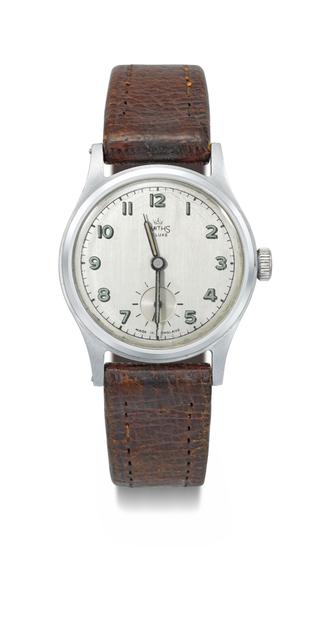

Prototype marine timekeeper by Henry Sully, Paris, 1724
Signed ‘Henricus Sully Inuenit & Fecit’. Frictional rest escapement developed from Huygen’s design, the balance staff supported on anti-friction rollers. Cycloidal cheeks oscillate with the balance, from which hangs a silk cord, attached at the base to a pivoted horizontal pendulum. Contact of the cord on the cheeks was intended to effect isochronism. Later 18th century burr walnut case.
The prototype of two later clocks, it was demonstrated in Paris at the Academie Royale. Although tested vigorously on land; it was transported over cobble streets in a berline carriage, it unfortunately failed at sea.
Clockmakers' Museum No. 597
Details
- Category:
- Clockmakers
- Collection:
- The Worshipful Company of Clockmakers
- Object Number:
- L2015-3478
- Materials:
- brass (copper, zinc alloy), steel (metal), silk, walnut (wood) and glass
- type:
- marine chronometer and fric rest
- credit:
- Lent by the Worshipful Company of Clockmakers




